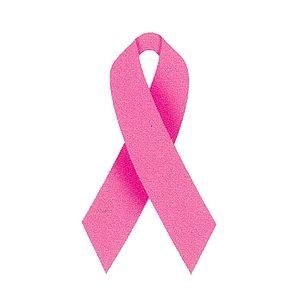More on Mammograms
by Danielle Ofri
from CNN
Monday: Our journal club at my hospital reviewed the Norwegian trial showing limited benefits of mammograms.
Tuesday: I had my appointment for my own mammogram.
Wednesday: Veneta Masson’s thoughtful article titled “Why I Don’t Get Mammograms†appeared in Health Affairs magazine.
There’s been a lot to think about in the realm of mammograms lately. As a primary care internist, I have to counsel patients on a daily basis about this screening test. As a faculty member of a medical school, I have to analyze the scientific data with my students. As a patient, I have to decide about my own medical care.
Ever since the U.S. Preventive Services Task Force changed their recommendations in 2009, I have changed my approach. I no longer press my patients to do a yearly mammogram, but talk about the pros and cons. For women who decline mammograms, I do not make them feel guilty. For women who choose them, we talk about options of every other year vs. every year. My mammogram talk has become more of discussion, more like the PSA discussion for prostate cancer screening.
In our journal club, we dissected the controversial study from Norway. This study reviewed the histories of 40,000 women with breast cancer (Norway maintains a cancer database that is nearly 100 percent complete). They divided the cases up into geographical regions to include counties that offered biennial mammograms and counties that did not. They also divided the cases by time, cancers diagnosed before vs. after screening programs were initiated.
Over time, both the screened women and the unscreened women experienced a significant decrease in breast cancer mortality. Because this occurred even in women who lived in areas without screening programs, this decrease in mortality is attributed to better treatment. Screening added a little more benefit, but it was small.
Crunching the numbers in this study, 2,500 women would need to do a mammogram to prevent one death from breast cancer. (For comparison 418 people would need to be screened for high cholesterol to prevent one death from heart disease).
2,500-for-one is not necessarily an unworkable number, but it is far from the panacea that the Breast Cancer Awareness Month would have you believe. Also not mentioned are the 10 women out of that 2,500 who will get an incorrect cancer diagnosis based on the mammogram, who will face unnecessary mastectomies, chemotherapy, and radiation.
At my own mammogram, one day after reviewing the nitty-gritty of this Norwegian study, I reflected on the mixed picture that the data offered. At least I could say I was well informed. After the procedure, the technician handed me an information flier along with pink-ribbon button. I was uncomfortable with button, not because I don’t support patients with this awful disease, but because there was an implicit message that we are all required to be part of this advocacy group. I get concerned when there is a monolithic message out there, one that sidesteps critical nuances.
When I enter my hospital each day, I see a prominent poster featuring eight photogenic women, with one conspicuously absent. “One in eight women will get breast cancer,†the poster states, reminding women of their responsibility to get a mammogram.
But this poster is conveying misleading, even incorrect information. The oft-cited “one-in-eight†statistic is a lifetime risk. Women in their 30s have a one-in-233 chance of getting breast cancer. For women in their 40s it’s one-in-69. For women who live to 85, their risk is the true one-in-eight.
Implicit in the one-in-eight lifetime risk is that seven out of eight women will not get breast cancer. But nearly half of them will get atherosclerotic heart disease, which is the leading killer of men and women alike.
All of this is food for thought. I’ve decided that I will still get a mammogram for myself, though perhaps not every year. I’m cognizant of the limitations, and will try to counsel my patients accurately on the pros and cons. In the meanwhile, I highly recommend . It’s one of the most thoughtful, least ideological pieces out there. (from CNN)

